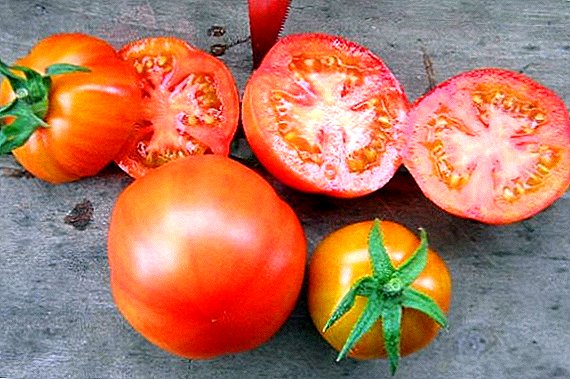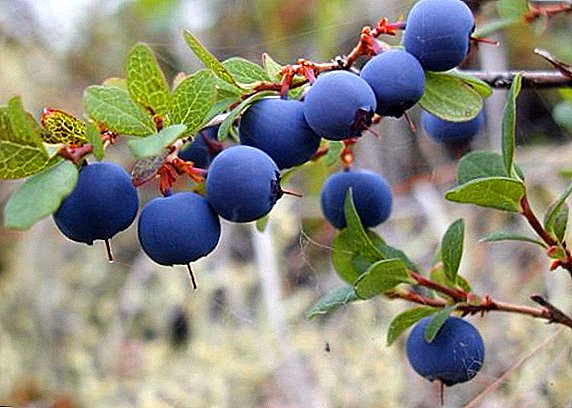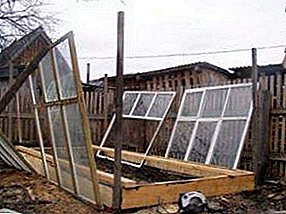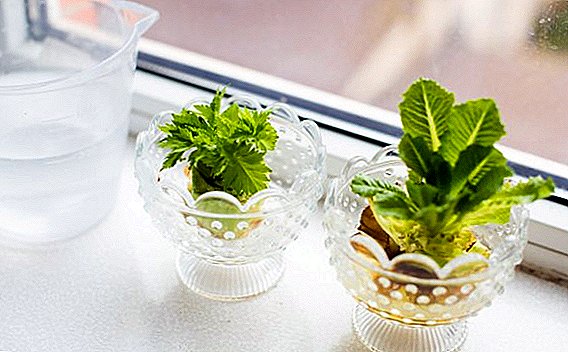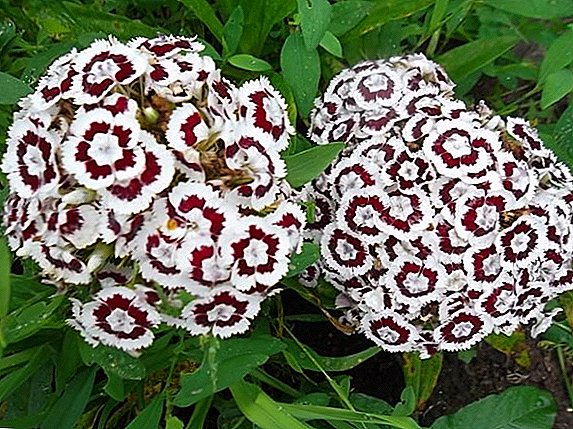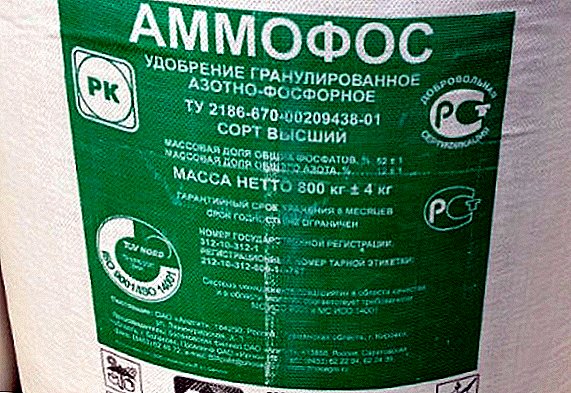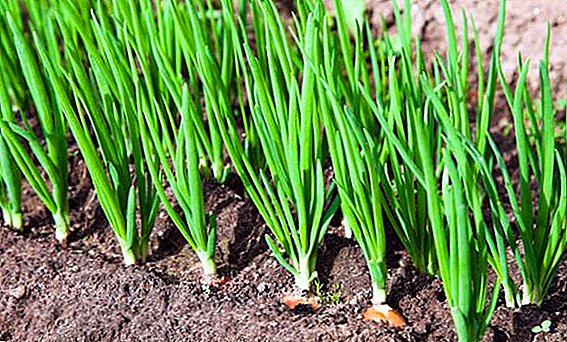 Many gardeners try not to plant this type of onion, as a family, because they are afraid to get a harvest of small onions. And all because they do not know until the end how to grow it. If we approach this issue from an agrotechnical point of view, the harvest of bulbs weighing more than 100 g each will become an annual reality.
Many gardeners try not to plant this type of onion, as a family, because they are afraid to get a harvest of small onions. And all because they do not know until the end how to grow it. If we approach this issue from an agrotechnical point of view, the harvest of bulbs weighing more than 100 g each will become an annual reality.
"Bunch"
Growing onions "family", known to all as shallots, in which they eat not only onion that does not look like others, but also young green feathers, is a whole science.  Many varieties of family onion are now known (Ayrat, Afonya, Garant, Gornyak, Izumrud, Kaskad, Semeyny, Snowball, Sprint, Krepysh, Siberian Amber "," Ural purple "), each of them has its own characteristics.
Many varieties of family onion are now known (Ayrat, Afonya, Garant, Gornyak, Izumrud, Kaskad, Semeyny, Snowball, Sprint, Krepysh, Siberian Amber "," Ural purple "), each of them has its own characteristics.
Did you know? Onions have been known for several millennia BC. Archaeologists have discovered his image on the tomb of Tutankhamen, dated 1352 BC.
Choose a place and time for landing
Choose the time of planting a family onion, a place where he will be comfortable, to carry out the measures necessary before planting - the main components of obtaining a bulk and high-quality harvest.
When to plant?
Family onions, like any other type of plant in the garden, has some features of growing and caring for them. "Bunch" is grown when using seeds, or, what happens much more often, when planting bulbs.  When and how best to plant a family bow? In this matter, it is necessary to take into account the climate, soil features of a particular area. The planting process is possible both in spring (end of April - mid-May), and in autumn (at the end of the first autumn month).
When and how best to plant a family bow? In this matter, it is necessary to take into account the climate, soil features of a particular area. The planting process is possible both in spring (end of April - mid-May), and in autumn (at the end of the first autumn month).
Familiarize yourself with the agrotechnics of growing such types of onions: Indian, batun, slizuna, shnitta, leek.Frosts are not afraid of frost, so it can be safely planted from mid-April, he will have time to stretch out with thawed soil water, his active growth will take place on days that are considered the longest of the year.
Did you know? Onions, planted in the autumn, much more often shoots arrows than planted in the spring.Choosing the time of planting, you need to analyze all the positive and negative points, not forgetting to take into account the correctness of the site selection, soil fertility, the illumination of the planting site, the absence of stagnant moisture on it.
Lighting
Spring is the preferred time for planting onions. The main reason is that for the formation of full-fledged bulbs that will be preserved longer, you need enough daylight and sunlight.  Planting family onions in the spring under such conditions will significantly affect the presentation of the heads, will give more high-quality greenery.
Planting family onions in the spring under such conditions will significantly affect the presentation of the heads, will give more high-quality greenery.
But if it is not possible to save the planting material until spring, or if there is a desire to receive an earlier harvest in the spring, then planting in the fall is quite suitable. "Bunch" bravely transfers the winter, and after that will delight the early harvest.
The soil
The moist soil necessary for stable growth and harmonious development is a big plus for planting a little family in the spring. When planting bulbs in the fall, you need to prudently pick up for this purpose the site on which a large snow cover is formed.  But also, whenever the onions are planted, it is necessary to ensure that there is no excessive stagnation of water at the place where the “family” is grown, since this, like the drought, may adversely affect the yield. The soil should be cultivated, loose, without weeds.
But also, whenever the onions are planted, it is necessary to ensure that there is no excessive stagnation of water at the place where the “family” is grown, since this, like the drought, may adversely affect the yield. The soil should be cultivated, loose, without weeds.
Family Onion Planting Pattern
High-quality volumetric harvest "family", long-term storage is possible only when carrying out the necessary preparatory work, including a careful examination of each bulb, intended for planting, for possible disease or damage by pests.
After that, suitable for planting will not be superfluous to treat with a weak solution of potassium permanganate or other special preparations, sort them all according to size (large, medium and small). All this will protect the future crop from pests and various diseases.  The bulbs need to be deepened sufficiently into the ground (with a spring disembarkation of a little more than 5 cm, with a landing for the winter 8 cm) at a distance of ten centimeters from each other, about twenty centimeters between the rows. Mulching with onion peat beds brings additional benefits for an excellent harvest.
The bulbs need to be deepened sufficiently into the ground (with a spring disembarkation of a little more than 5 cm, with a landing for the winter 8 cm) at a distance of ten centimeters from each other, about twenty centimeters between the rows. Mulching with onion peat beds brings additional benefits for an excellent harvest.
How to care?
The "family" is planted, but not everyone knows what needs to be done further to prevent difficulties during the growing process and to get an excellent harvest. Many people are not in a hurry to plant family onions, because they do not have information about these simple rules for caring for them.
Care features
Caring for the "family" after planting consists of regular watering once a few days, especially during the growing season, fertilizing in mid-June, removing weeds and loosening the soil. 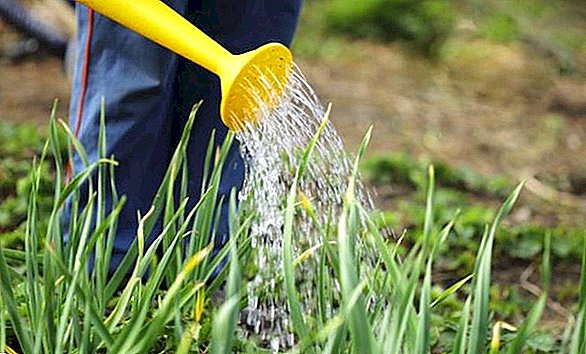 If the moisture is not enough, the growth stops, and the bulbs begin to form in the amount in which they no longer get moisture, so during the period of active growth, it requires additional watering.
If the moisture is not enough, the growth stops, and the bulbs begin to form in the amount in which they no longer get moisture, so during the period of active growth, it requires additional watering.
Somewhere a month before the harvest, you need to stop watering it. Caring for this type of onion does not cause much trouble, it needs to be watered, gently loosening the earth around, breaking through the weeds - practically the same as when growing any other kind of plants.
Difficulties in growing
For the "family", many diseases pose a threat, therefore, in order to avoid this, you need to monitor the landing density, removing specimens with noticeable symptoms of the disease in time.  There is one more important nuance at cultivation: the greater the number of bulbs formed in one seat, the smaller they will be. Therefore, you need to monitor their reasonable amount in the nest.
There is one more important nuance at cultivation: the greater the number of bulbs formed in one seat, the smaller they will be. Therefore, you need to monitor their reasonable amount in the nest.
It is also necessary to observe if the greens of the family onion turn yellow when it is not time yet. If this happens, it is necessary to water it with manure or very strong saline solution.
Important! The green leaves of the family onion do not have to be cut on plants that will be harvested for the winter, this will lead to a deterioration in yield.
Harvesting and storage
"Bunch" matures often no more than ninety days. In late July, shallots can be removed; it is not recommended to delay this process after lodging its leaves.  Failure to follow this simple rule can lead to poor product persistence in winter and additional losses. After all, the bulbs remaining in the ground above the term absorb moisture from it, accelerating the growth process, shortening the rest period.
Failure to follow this simple rule can lead to poor product persistence in winter and additional losses. After all, the bulbs remaining in the ground above the term absorb moisture from it, accelerating the growth process, shortening the rest period.
Harvest should be done in dry weather without dew, so that he would have the opportunity to dry in the open air until the evening, then he should be removed in a dry ventilated room, for example, in the attic.  After drying, the leaves must be separated from the heads. Dried product intended for food, so perfectly preserved. Heads, prepared for planting, must be sorted by size and stored in separate boxes in a dry and warm place.
After drying, the leaves must be separated from the heads. Dried product intended for food, so perfectly preserved. Heads, prepared for planting, must be sorted by size and stored in separate boxes in a dry and warm place.
It is necessary to postpone several of the largest specimens in size, then the harvest of the next year will consist of large heads.  But with this method, the family onion can degenerate and get sick after a while, so it is recommended to multiply the "family" with a frequency of several years with the help of seeds, rather than bulbs.
But with this method, the family onion can degenerate and get sick after a while, so it is recommended to multiply the "family" with a frequency of several years with the help of seeds, rather than bulbs.
Did you know? When the onion is cut, a lacrimator substance is released, which, when combined with water (with tears), contributes to the formation of sulfuric acid, irritating the eye mucosa. Therefore, it is recommended to moisten the knife before cleaning with water.
Features of growing onions on the feather
The family onion differs from other species of this plant in that it is grown to produce not only bulbs, but also for eating young green leaves, which can be cut repeatedly during the period of active growth. 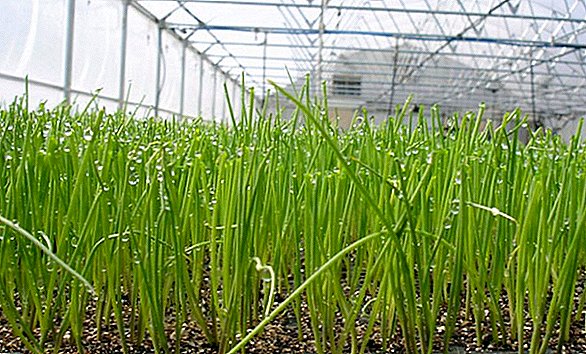 It is cold-resistant, its root system develops at a low temperature much better than the leaves. Therefore, for a high yield of a quality product, the "little family" needs to be planted from late April - early May, and to grow a significant amount of green leaves it should be planted in warmer weather at the end of May.
It is cold-resistant, its root system develops at a low temperature much better than the leaves. Therefore, for a high yield of a quality product, the "little family" needs to be planted from late April - early May, and to grow a significant amount of green leaves it should be planted in warmer weather at the end of May.
If the "family" start planting later, when the air and the soil are warm enough, the leaves will start growing immediately. Also, the yield of greens is affected by sufficient moisture in the soil, since the "family" is not in a hurry to increase the root system as a storage organ, but increases the riot of green leaves.  And also, in order to get a thick feather, you need to cut off the tip of the bow before spring landing on the ground. Fresh organic fertilizer introduced into the ground for planting family onions will also help to make the greens massive, but the properties of the bulbs will deteriorate significantly, become loose and not suitable for storage in winter.
And also, in order to get a thick feather, you need to cut off the tip of the bow before spring landing on the ground. Fresh organic fertilizer introduced into the ground for planting family onions will also help to make the greens massive, but the properties of the bulbs will deteriorate significantly, become loose and not suitable for storage in winter.  "Family" has become a godsend for lovers of this product, because it has an exquisite taste, almost absolute absence, in contrast to other types, smell, quick preparation. Planting, growing and harvesting do not pose any particular difficulties if you know how to do it correctly.
"Family" has become a godsend for lovers of this product, because it has an exquisite taste, almost absolute absence, in contrast to other types, smell, quick preparation. Planting, growing and harvesting do not pose any particular difficulties if you know how to do it correctly.
After all, the weighty advantages of the family onion are its rather short growing season, a slight likelihood of disease, a long and trouble-free shelf life, the beneficial properties of greenery, and high yield. Anyone who tries to grow a family at least once will do it regularly.


